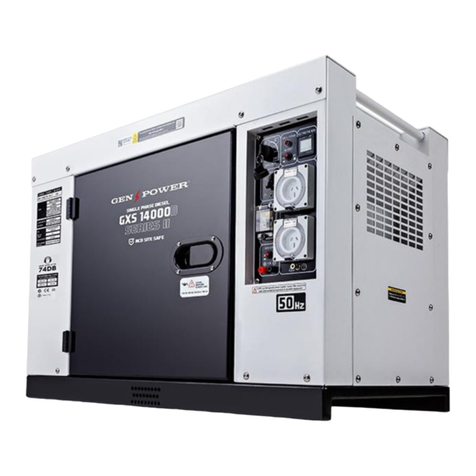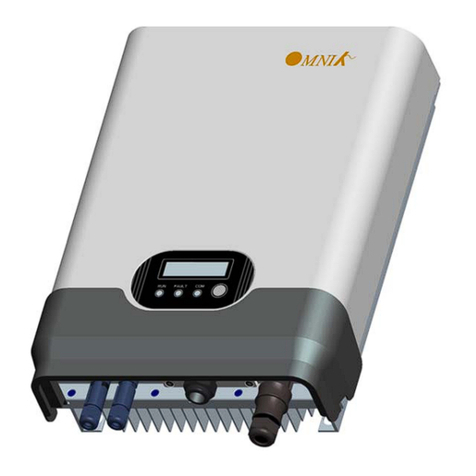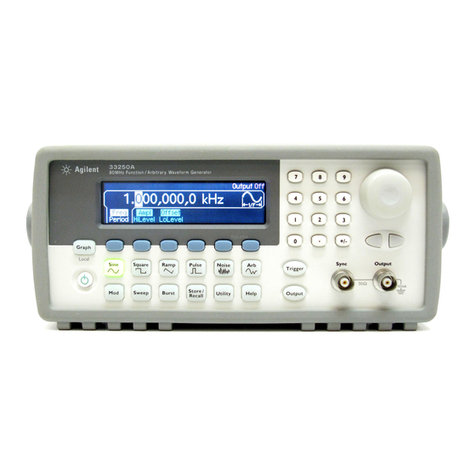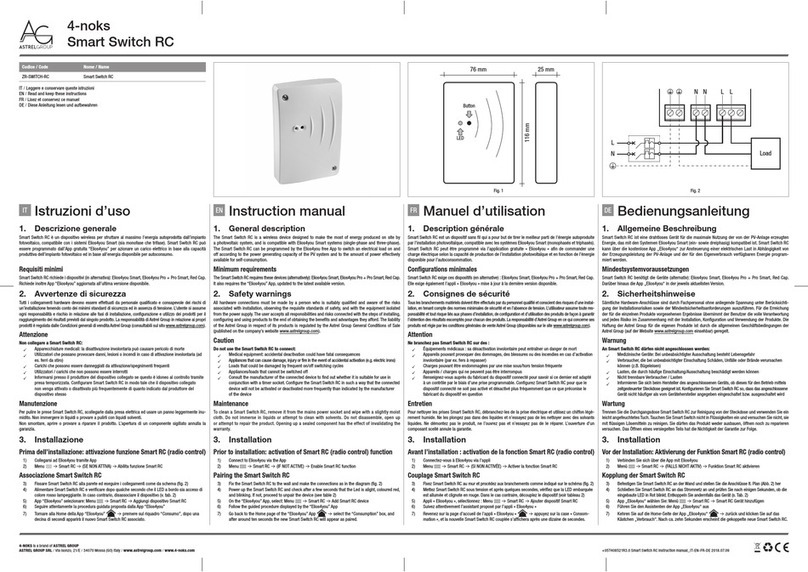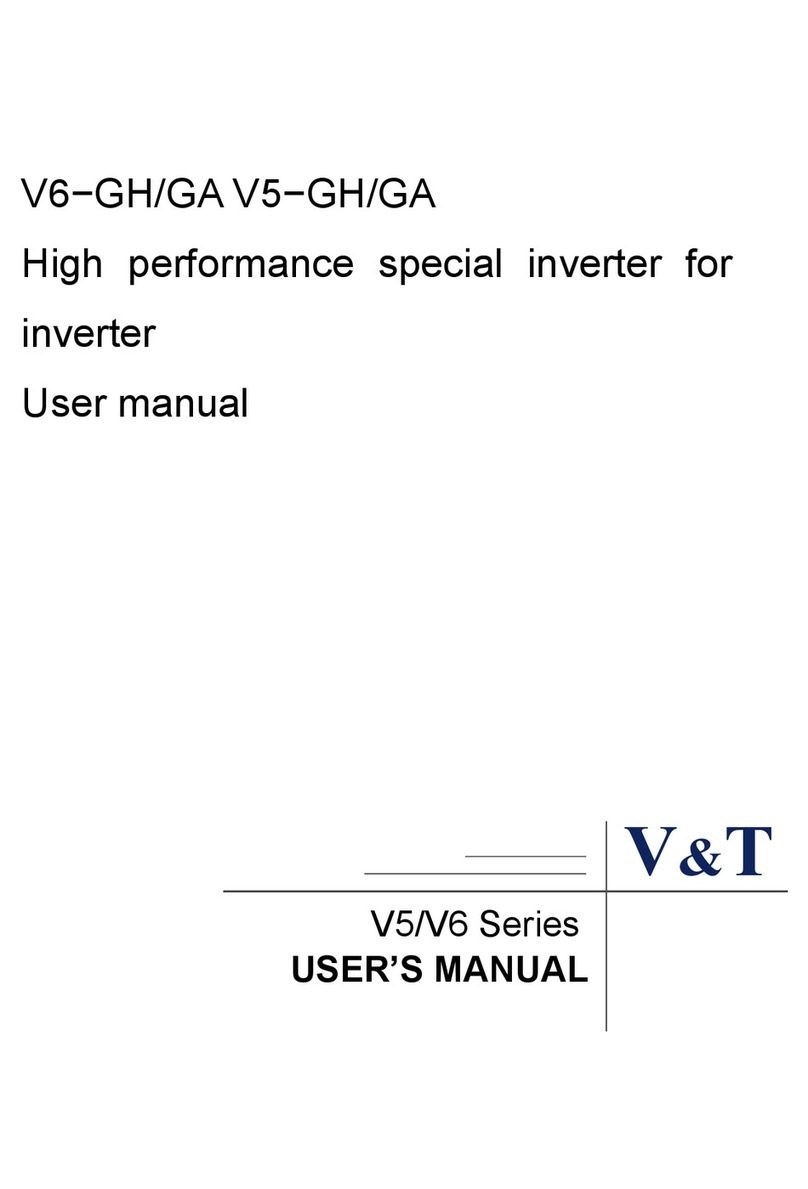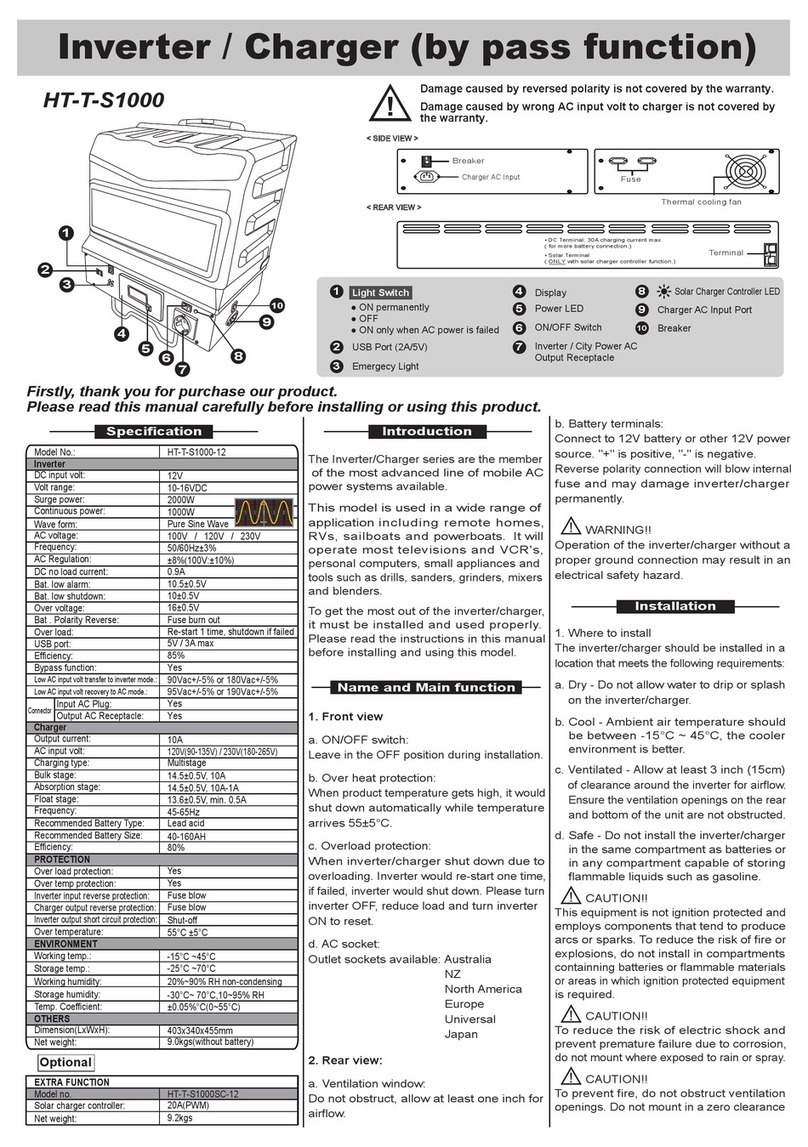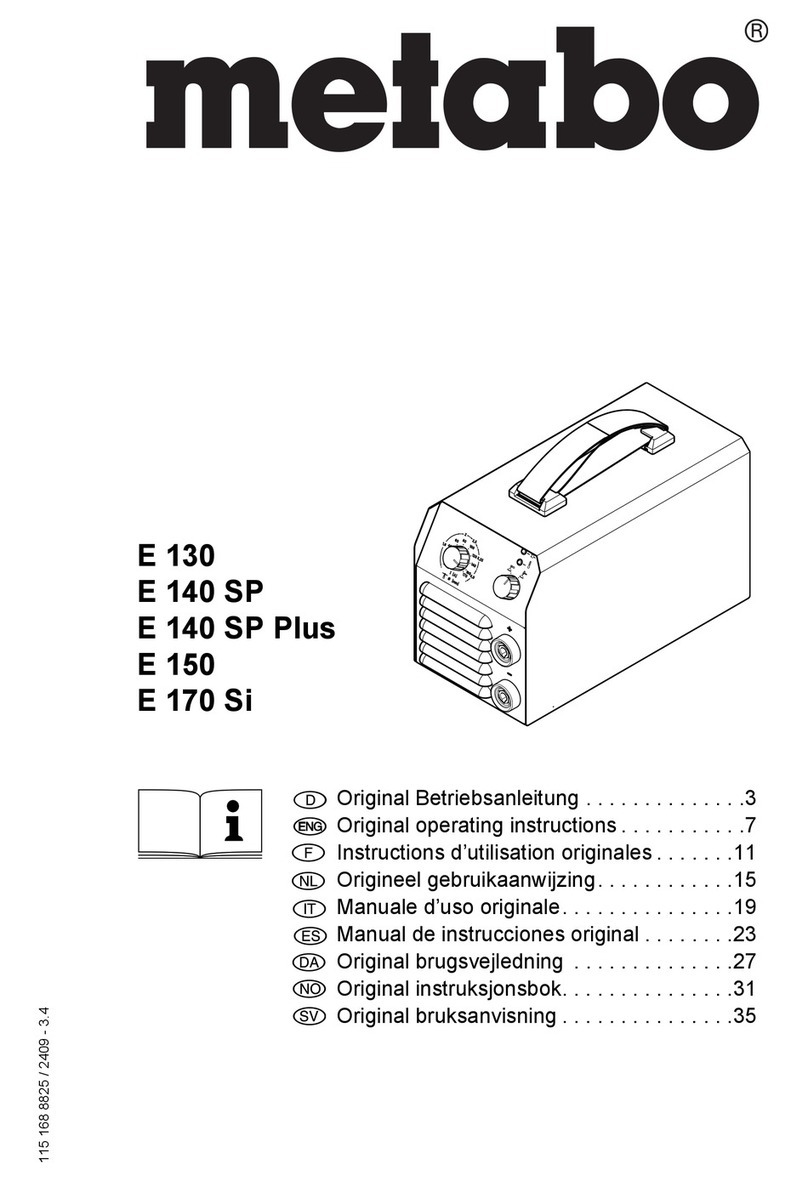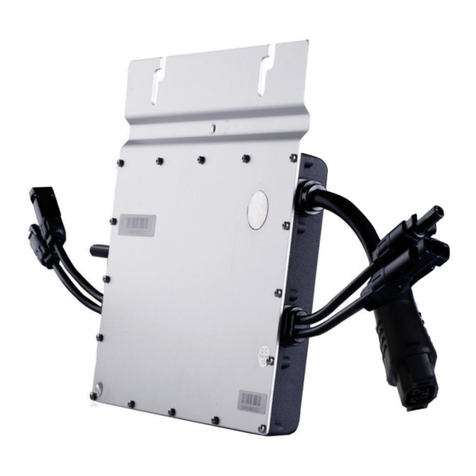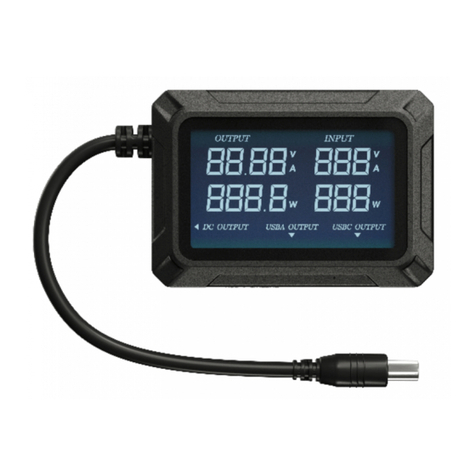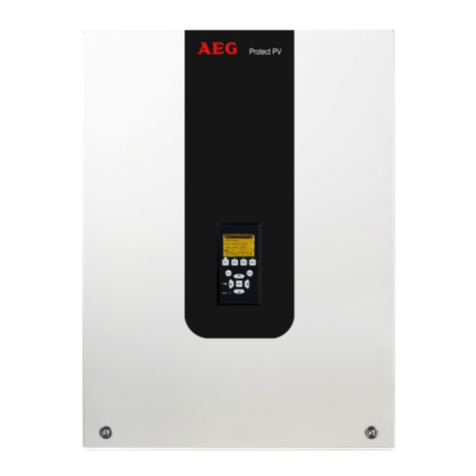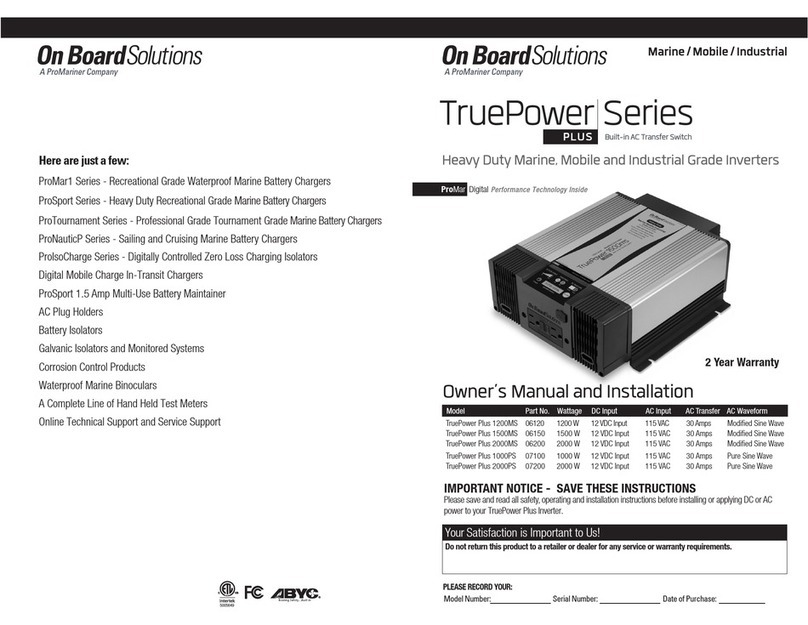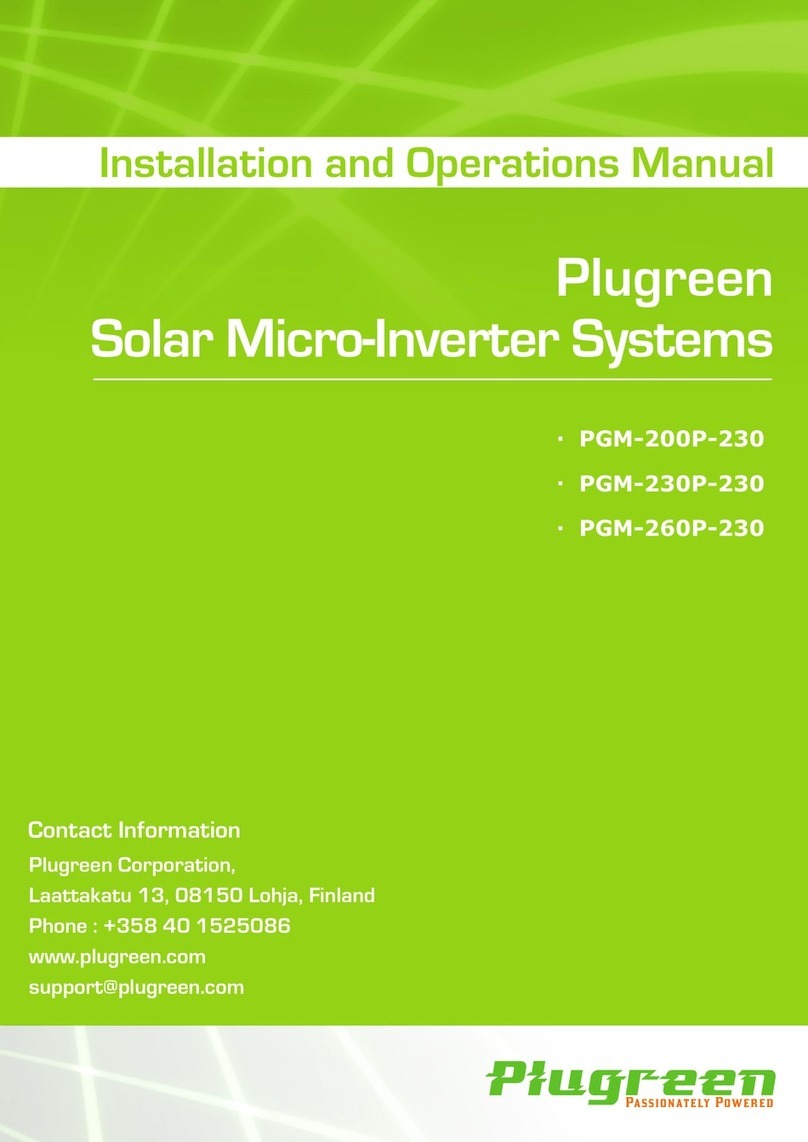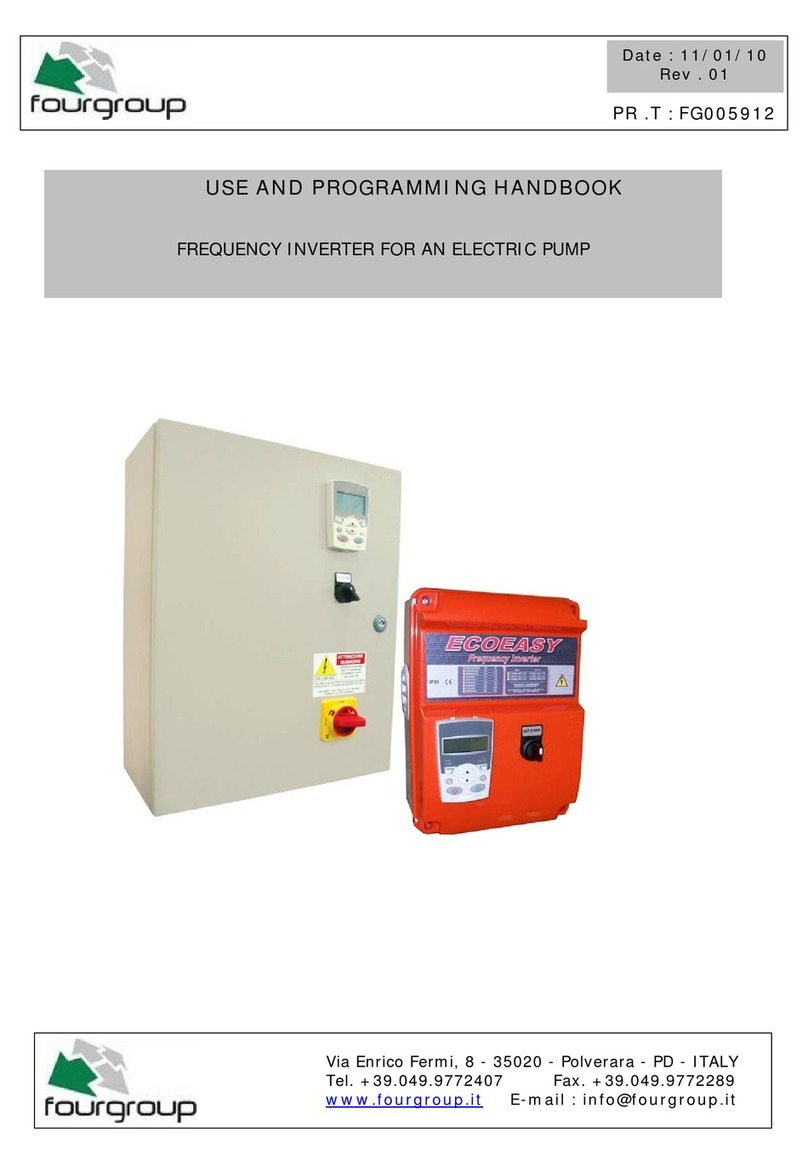GENPOWER gx4335i User manual

Single-Phase Petrol Generator
User Manual
RETAIN THIS MANUAL FOR FUTURE REFERENCE
PLEASE READ THIS MANUAL CAREFULLY BEFORE USE

Single-Phase Petrol Generator
i
Table of Contents
Safety ............................................................................................................................................................................ 1
Hazards Associated with Generators.................................................................................................................1
Shock and Electrocution ....................................................................................................................................1
Carbon Monoxide Poisoning..............................................................................................................................2
Fire Hazards.......................................................................................................................................................2
Noise and Vibration Hazards .............................................................................................................................2
Starting Power....................................................................................................................................................3
Features ........................................................................................................................................................................ 4
Operation....................................................................................................................................................................... 6
Starting the Generator........................................................................................................................................6
Maintenance ................................................................................................................................................................ 7
Air Filter..............................................................................................................................................................7
Spark Plug..........................................................................................................................................................7
Oil Change..........................................................................................................................................................8
Technical Specifications .......................................................................................................................................... 9

Single-Phase Petrol Generator
1
Safety
Portable generators are internal combustion engines used to generate electricity. They are useful when
temporary or remote power is needed, and are commonly used during clean-up and recovery efforts following
disasters such as hurricanes, tornadoes, etc. This fact sheet discusses specific hazards inherent with the use of
generators and also provides helpful information to ensure that workers and others using such equipment
remain safe.
Hazards Associated with Generators
•
Shocks and electrocution from improper use of power or accidentally energizing other electrical systems.
•
Carbon monoxide from a generator’s exhaust.
•
Fires from improperly refuelling a generator or inappropriately storing the fuel for a generator.
•
Noise and vibration hazards.
Shock and Electrocution
The electricity created by generators has the same hazards as normal utility-supplied electricity. It also has
some additional hazards because generator users often bypass the safety devices (such as circuit breakers) that
are built into electrical systems. The following precautions are provided to reduce shock and electrocution
hazards:
•
Never attach a generator directly to the electrical system of a structure (home, office, trailer, etc.) unless a
qualified electrician has properly installed the generator with a transfer switch. Attaching a generator directly
to a building electrical system without a properly installed transfer switch can energize wiring systems for
great distances. This creates a risk of electrocution for utility workers and others in the area.
•
Always plug electrical appliances directly into the generator using the manufacturer’s supplied cords or
extension cords that are grounded (3-pronged). Inspect the cords to make sure they are fully intact and not
damaged, cut or abraded. Never use frayed or damaged extension cords. Ensure the cords are
appropriately rated in watts or amps for the intended use. Do not use underrated cords—replace them with
appropriately rated cords that use heavier gauge wires. Do not overload a generator; this can lead to
overheating which can create a fire hazard.
•
Make sure a generator is properly grounded and the grounding connections are tight. Consult the
manufacturer's instructions for proper grounding methods.
•
Keep a generator dry; do not use it in the rain or wet conditions. If needed, protect a generator with a
canopy. Never manipulate a generator’s electrical components if you are wet or standing in water.
•
Do not use electrical equipment that has been submerged in water. Equipment must be thoroughly dried out
and properly evaluated before using. Power off and do not use any electrical equipment that has strange
odours or begins smoking.

Single-Phase Petrol Generator
2
Carbon Monoxide Poisoning
Carbon monoxide (CO) is a colourless, odourless, toxic gas. Many people have died from CO poisoning
because their generator was not adequately ventilated.
•
Never use a generator indoors or in enclosed spaces such as garages, crawl spaces, and basements.
NOTE: Open windows and doors may NOT prevent CO from building up when a generator is located in an
enclosed space.
•
Make sure a generator has 3 to 4 feet of clear space on all sides and above it to ensure adequate
ventilation.
•
Do not use a generator outdoors if its placement near doors, windows, and vents could allow CO to enter
and build up in occupied spaces.
•
If you or others show symptoms of CO poisoning – dizziness, headaches, nausea, and/or tiredness – get to
fresh air immediately and seek medical attention. Do not re-enter the area until it is determined to be safe by
trained and properly equipped personnel.
Fire Hazards
•
Generators become hot while running and remain hot for long periods after they are stopped. Generator
fuels (gasoline, kerosene, etc.) can ignite when spilled on hot engine parts.
•
Before refuelling, shut down the generator and allow it to cool.
•
Gasoline and other generator fuels should be stored and transported in approved containers that are
properly designed and marked for their contents, and vented.
•
Keep fuel containers away from flame producing and heat generating devices (such as the generator itself,
water heaters, cigarettes, lighters, and matches). Do not smoke around fuel containers. Escaping vapours or
vapours from spilled materials can travel long distances to ignition sources.
•
Do not store generator fuels in your home. Store fuels away from living areas.
Noise and Vibration Hazards
•
Generator engines vibrate and create noise. Excessive noise and vibration could cause hearing loss and
fatigue that may affect job performance.
•
Keep portable generators as far away as possible from work areas and gathering spaces.
•
Wear hearing protection if this is not possible.

Single-Phase Petrol Generator
3
Starting Power
The starting power requirement can be up to 3 times greater (or more) than the continuous running power
needed. In the case of an Electric Drill, the starting power might be 900W, but it only requires 550W to keep it
running (you can find this information located in the appliance user manual and/or identification plate, or if not
displayed there, you can use a wattage meter to check the draw of your appliance).
It is critically important that you know the specific wattage requirements of the appliances you intend to run off
the generator. If you base your purchase decision solely on quality or price without any other consideration you
may be sadly disappointed. It is far better to spend the time to determine your power generation requirements
before making a choice.
Below is a table of rough wattages/power taken from particular appliances and should be used as an
approximate guide only. If possible, it's best to check the data plate or manual on your appliance for exact
running and starting wattage/power.
Tool or Appliance
Estimated
Running
Watts
Additional
Starting
Watts
Tool or Appliance
Estimated
Running
Watts
Additional
Starting
Watts
Recreational Use
Tailgating/Camping:
Electric Grill 1650 0 Cell Phone Battery
Charger 25 0
AM/FM Radio 100 0 Inflator Pump 50 150
Box Fan – 20" 200 0
Storm / Emergency Use
Essentials: Kitchen:
Light Bulb – 60 Watt 60 0 Microwave Oven – 625
Watts 625 0
Light Bulb – 75 Watt 75 0 Microwave Oven –
1000 Watts 1000 0
Refrigerator/ Freezer 700 2200 Coffee Maker 1000 0
Water Well Pump –
1/3 HP 1000 2200 Electric Stove – 8"
Element 2100 0
Electric Water Heater 4000 0 Dishwasher – Hot Dry 1500 1500
Heating/Cooling: Food Processor 400 0
Furnace Fan Blower –
1/3 HP 700 1400 Toaster Oven 1200 0
Window AC – 10,000
BTU 1200 1800 Toaster 850 0
Central AC – 10,000
BTU 1500 3000 Electric Can Opener 168 0
Laundry Room: Family Room:
Iron 1200 0 VCR 100 0
Washing Machine 1150 2250 Stereo Receiver 450 0
Table of contents
Other GENPOWER Inverter manuals
Popular Inverter manuals by other brands
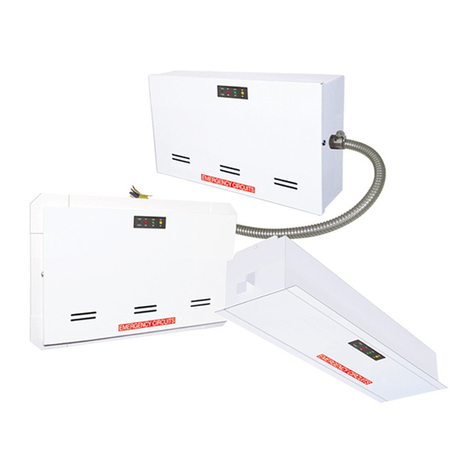
BARRON
BARRON EXITRONIX Tucson Micro Series installation instructions
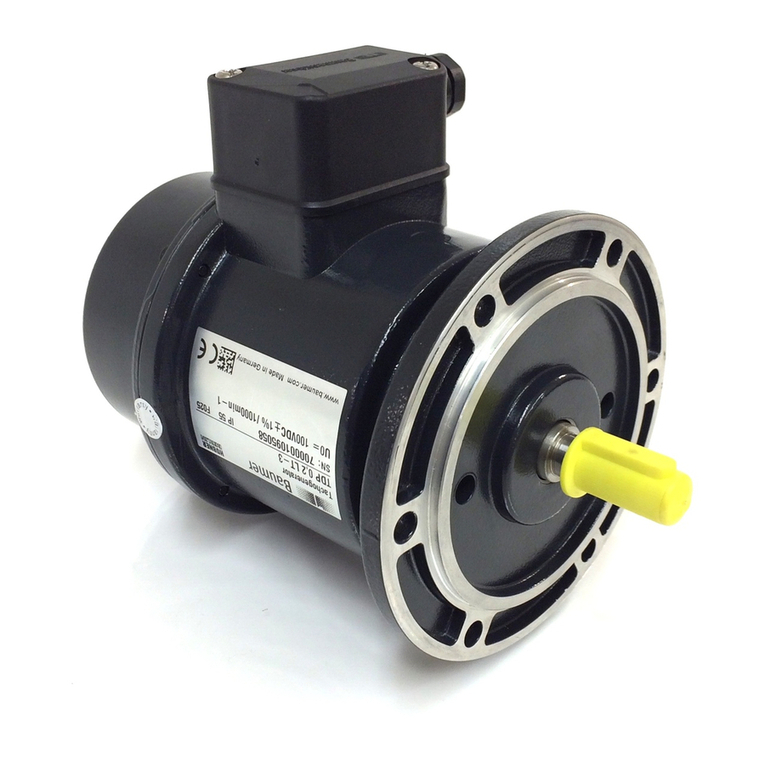
Baumer
Baumer HUBNER TDP 0,2 Series Mounting and operating instructions
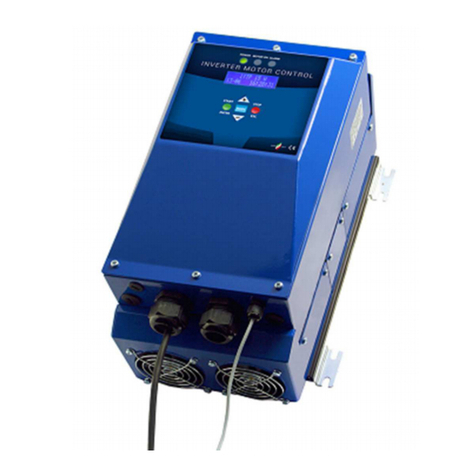
electroil
electroil ITTPD11W-RS-BC Operation and Maintenance Handbook
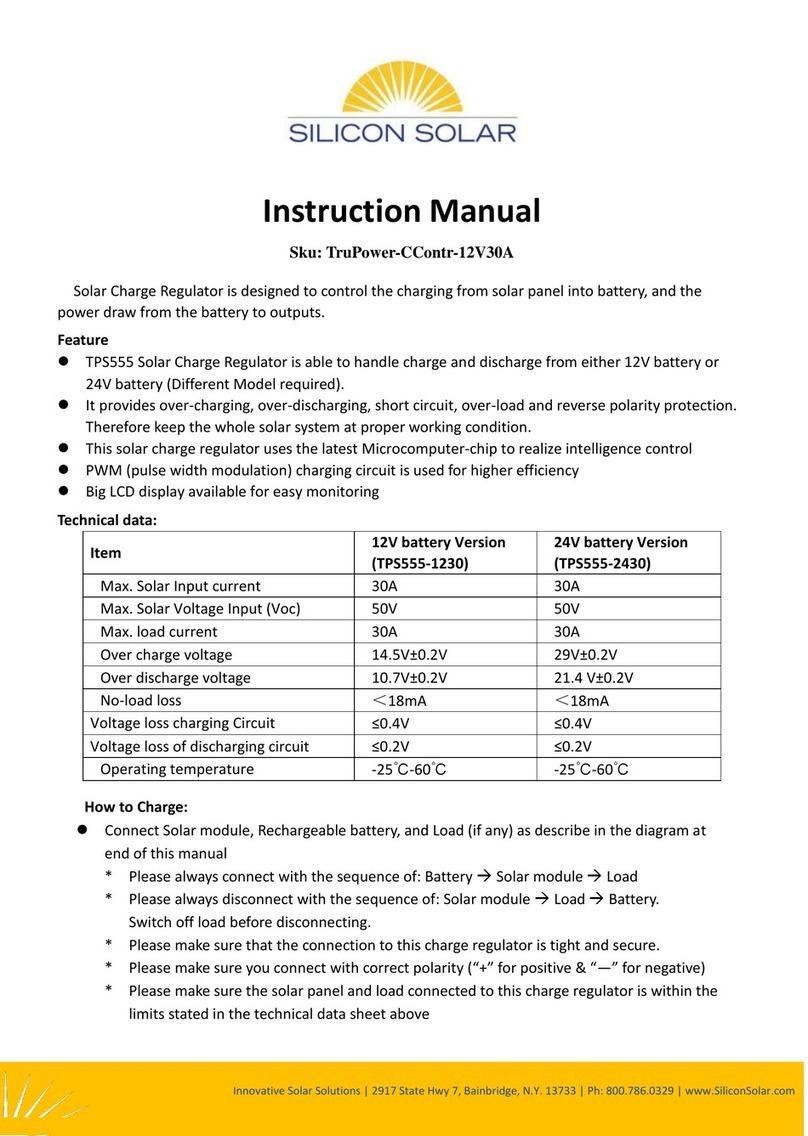
Silicon Solar
Silicon Solar TPS555-1230 instruction manual
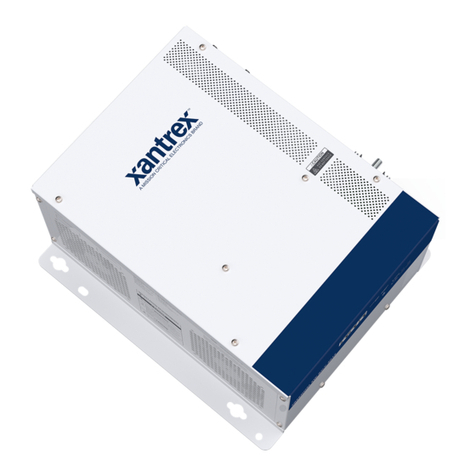
Mission Critical
Mission Critical Xantrex Freedom SW-RVC owner's guide
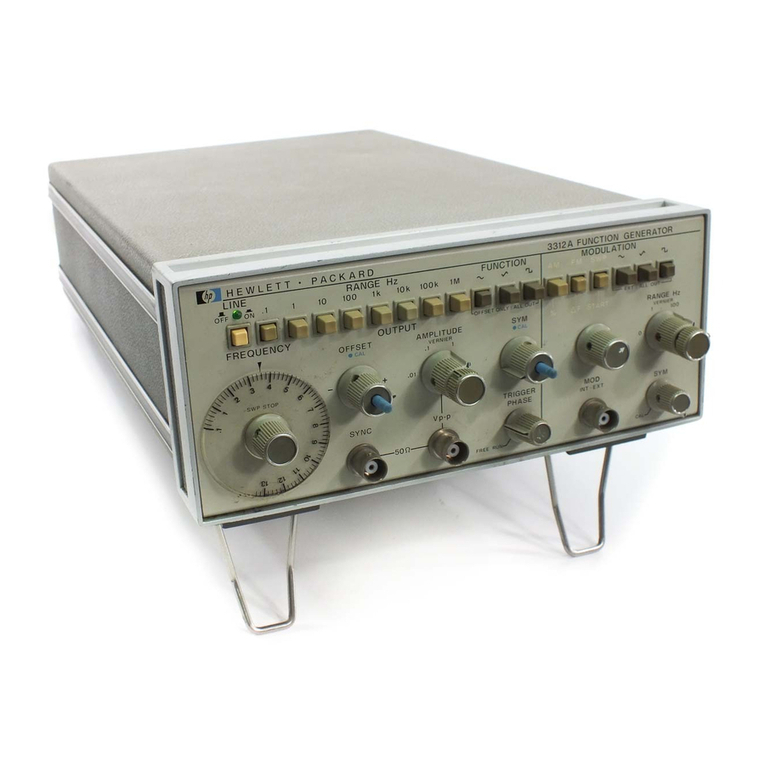
HP
HP 3312A Operating and service manual
